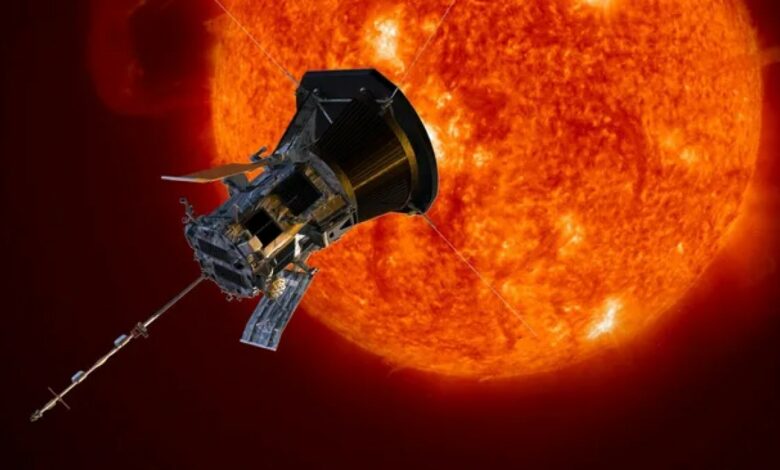View the latest images from Solar Orbiter of the Sun’s surface and magnetic fields

The European Space Agency’s (ESA) Solar Orbiter spacecraft has provided the most detailed images of the Sun’s surface to date. These images, taken in March 2023 from a distance of about 74 million kilometers, were released on November 20. They provide unprecedented insights into the photosphere, the layer of the sun responsible for emitting visible light. The photos reveal the intricate and dynamic patterns of grains – plasma cells about 1,000 kilometers wide – formed by convection as hot plasma rises and cooler plasma sinks.
Sunspot activity and magnetic fields analyzed
The images highlight sunspots as cooler, darker areas on the photosphere, where intense magnetic fields disrupt the movement of plasma. The Polarimetric and Helioseismic Imager (PHI) on board Solar Orbiter produced detailed maps of these magnetic fields, identifying their significant concentration in sunspot regions. According to According to Daniel Müller, ESA project scientist for Solar Orbiter, these observations are essential for understanding the Sun’s dynamic processes. The sunspots appear colder because magnetic forces limit normal convection, causing the surface temperature to drop.
New data on solar rotation and wind
A velocity map, known as a tachogram, has also been shared, illustrating the speed and direction of material movement on the Sun’s surface. Blue areas represent plasma moving toward the spacecraft, while red areas show plasma moving away, revealing the Sun’s rotational dynamics. Moreover, magnetic fields in sunspot regions were found to further disrupt the surface material.
The Sun’s outer atmosphere, the corona, was imaged by the spacecraft’s Extreme Ultraviolet Imager. Plasma loops protruding from the Sun, visible in these images, are connected to sunspots and contribute to the solar wind. When this solar wind reaches Earth, it often results in aurora displays.
Future missions to study solar poles
Launched in 2020 as a joint mission with NASA, the Solar Orbiter aims to capture unprecedented images of the Sun’s poles. These observations are planned for 2025, when the spacecraft’s orbit will align for a direct perspective. The recent imaging involved the assembly of 25 smaller images, a complex process that is expected to accelerate in future releases.




